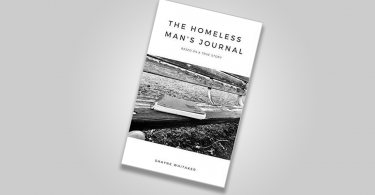How to Be Both is Ali Smith’s cleverest creation yet, and it’s not like there weren’t tough acts to follow.
Remarkably, the novel is published in two versions. In my book, which I begged for as a birthday present, you first encounter the narrative of 16-year-old George. She’s a crisply intelligent, sardonic 16-year-old grieving for her lately-deceased mother. The second section follows a 15th century Renaissance painter, Francesco del Cossa, both in her own timeline and as a detached, ethereal presence transported into George’s modern day. Half of the copies are printed this way. The other half order the two sections the other way around.
Who has read HOW TO BE BOTH by Ali Smith? Which story was first in your copy, George or Francesco? Testing a theory.
— Alison Cherry (@alison_cherry) August 1, 2015
Questions of art and timelessness
It’s frustrating, not knowing what your impression of the book might have been had you lucky-dipped the other version. But these are the questions Smith is grappling with, extending to her reader. She’s asking about art’s versatility, about timelessness: ‘And which comes first? her unbearable mother is saying, ‘What we see or how we see?’
Technical brilliance and a tender hand
How to Be Both is a novel of technical brilliance, the playful work of a writer who delights in innovation. It’s equally a warming and absorbing read. The characters romp around, experience joy, give lip, undercut and jostle against each other. The puns are relentless. Smith is fascinatingly perceptive and philosophical, but she also has a tender hand. The story is full of hurt.
It is important to write books that celebrate art, to consider it with the thoughtfulness and exultation that Smith does. How to Be Both insists on such an experience.
Just finished “How to be both” by Ali Smith. So many feels!!! I need to read more literary fiction.
— ⚡️eri⚡️ (@eriiscrazyfor) August 2, 2015
Everything standalone becomes enlightened
The first section you read is completely satisfying in its own right, but it is by making you leave that compelling narrative, whichever it may be, to begin the second part that really levels up Smith’s work. Everything you thought standalone becomes enlightened, an entirely unexpected second layer unveiled. Smith makes you itch to cross-reference, to go back and re-experience, to look closer. It is so astonishing as a novel precisely because that’s not what Smith has really been playing with – she’s created a fresco.








